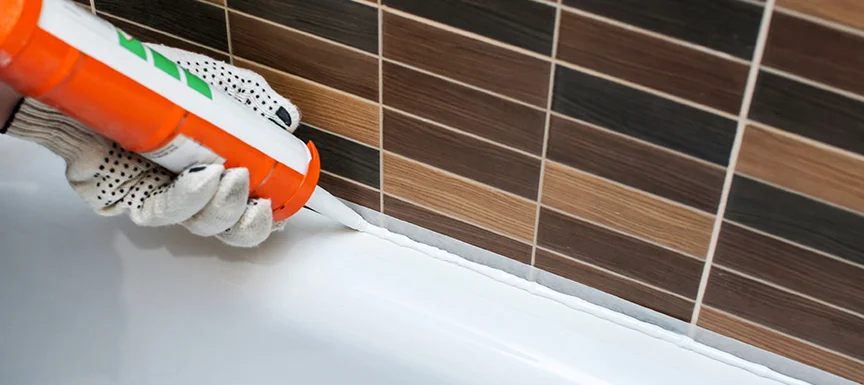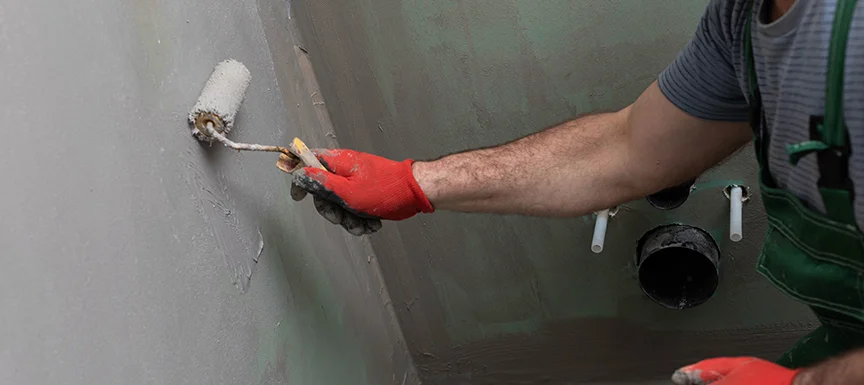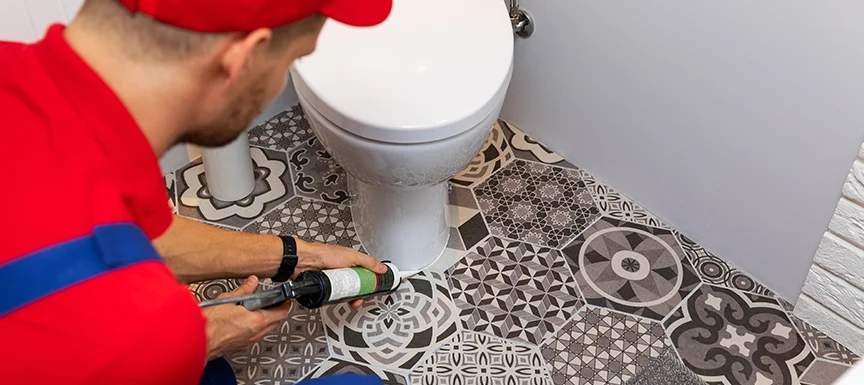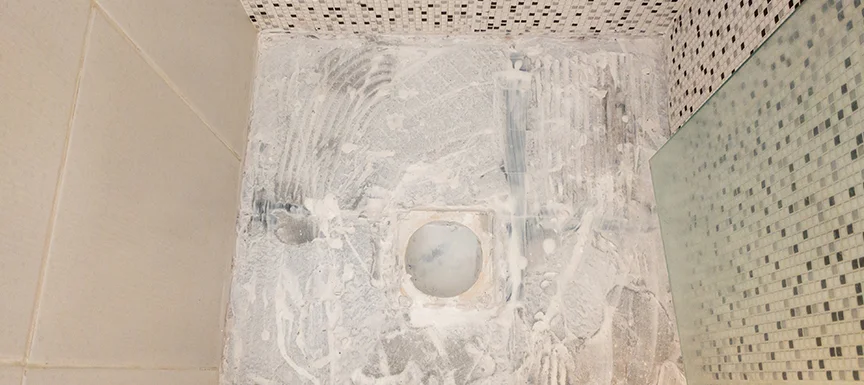
Waterproof Your Bathroom Walls With The Best Method
Published: 30 Jun 2022 | Modified: 02 May 2025

Create Your Dream Home With Our Painting Experts
Fill the form below to book a free site evaluation by Nerolac Nxtgen painting Services expert
Bathroom waterproofing is an important part of any remodeling or new construction project. When done correctly, it can help prevent damage from water and moisture in your bathroom that can eventually lead to leaks, mold growth, and other costly problems. Whether you’re looking for waterproof flooring or waterproof walls for your bathroom, several options can provide effective protection without breaking the bank.
In this article, we'll look at some of the best methods of waterproofing for bathroom and how to choose the right one for your needs. So, let's get started!
Importance of Bathroom Waterproofing

Bathroom waterproofing is essential for any home. It helps to protect against water damage and prevent costly repairs in the long run. Waterproofing can help keep molds, mildews, and other types of fungus from forming on walls and floors in a bathroom. It also prevents staining, cracking, and peeling due to moisture build-up in the atmosphere over time. Having a properly waterproofed bathroom means you won’t have to worry about potential water damage or repair it later down the line.
Waterproof bathroom flooring requires making sure that everything is sealed off so that no moisture can seep into any cracks or crevices between tiles, bathtub edges, shower curtains, etc.
Also read: What Is Weatherproof Paint?
Tips For Waterproofing Your Bathroom

Waterproofing your bathroom is necessary if you want to prevent water damage and maintain the integrity of your home. Here are some tips to help you get started on waterproofing your bathroom:
1. Start by assessing the condition of your bathroom. Check for cracks in any tile or grout, along with areas where the caulking has worn away. Repair any problems you find before starting the waterproofing process.
2.When waterproof bathroom flooring, consider using an epoxy sealant or liquid rubber membrane on top of the tiles or other surface material. This will provide an effective barrier against moisture ingress.
3. If possible, use waterproof underlayment and grout when installing new tile and grout. This will provide additional protection to help prevent water damage.
4. When waterproofing bathroom walls, use a waterproof or wall paint liner to create an effective barrier against moisture. Additionally, make sure the seams between tiles are properly sealed with silicone caulk or other waterproof sealant products.
5. Finally, install a fan in the bathroom to remove any damp air quickly from the space. This should be done before beginning any waterproofing project to ensure it is successful.
6. Following these tips for waterproofing your bathroom can protect your home from water damage and maintain its integrity for years to come!
Also read: 7 Paint Colour Ideas for different Types of Bathrooms
How Waterproofing is Done for the Bathroom Floor?

Waterproofing a bathroom floor is essential to ensure that the area remains free of moisture and dampness. It is important to take the necessary steps when waterproofing your bathroom floor to protect it from water damage and provide a long-lasting, comfortable environment.
The first step in waterproofing a bathroom floor is preparing the surface. This involves removing any old layers of tile or other material and cleaning away any dirt, debris and grime. Once this is done, you should apply a waterproof layer on top. This layer can be anything from a sealant to special waterproof membranes. Be sure to read the instructions carefully before applying your chosen product.
Once the waterproof layer has been applied, you may install a waterproof membrane, such as waterproof sheeting or an epoxy-based product. This will help to protect your floor from further water damage and provide additional durability.
The last step is to apply any necessary sealants or grouting between tiles and along the walls. These should be applied carefully, using a brush and following instructions for proper application. After this is done, you can then begin tiling if desired.
By taking these steps when waterproofing a bathroom floor, you can ensure that your floor will last for years without suffering moisture damage or other problems caused by water seepage. You can easily keep your bathroom dry and comfortable for years to come with a little effort!
Also read: How to Waterproof Your Walls With Waterproof Exterior Paint
Products Used in Waterproofing of Bathroom Walls

There are a few products you should consider using when it comes to waterproofing your bathroom. These include:
The Bottom Line
Ultimately, when it comes to waterproofing your bathroom, the main thing is to choose a method that suits your budget and needs. With the right waterproofing techniques in place, you can be sure that your bathroom will remain safe and dry for years to come. Considering all the options available and understanding which waterproofing methods work best in different situations will help ensure that you select the best option for your bathroom.
So, start researching now and make sure your bathroom stays dry and protected from water damage!
Nerolac Paints, a leading paint company in India offers a wide range of wall paint colours & painting services & solutions for homes & offices.
-

Colour Combination for Walls: 10 Beautiful House Colour Combination Ideas Colour Combination for Walls: 10 Beautiful House Colour Combination Ideas
A Guide To Trending Colour Combinations For Walls With ImagesHome wall…
-

Best Green Colour Combinations for Walls – Schemes & Design Ideas Best Green Colour Combinations for Walls – Schemes & Design Ideas
Green Colour Combinations
A calming force, the colour green is one…
-

What Colours Match with Blue? 14 Colour Combinations with Blue for Your Home What Colours Match with Blue? 14 Colour Combinations with Blue for Your Home
Blue is a universally popular colour for décor and design; choosing a colour…
-
Recent Blogs
Get in Touch
Looking for something else? Drop your query and we will contact you.
Get in Touch
Looking for something else? Drop your query and we will contact you.
Get in Touch
Looking for something else? Drop your query and we will contact you.




